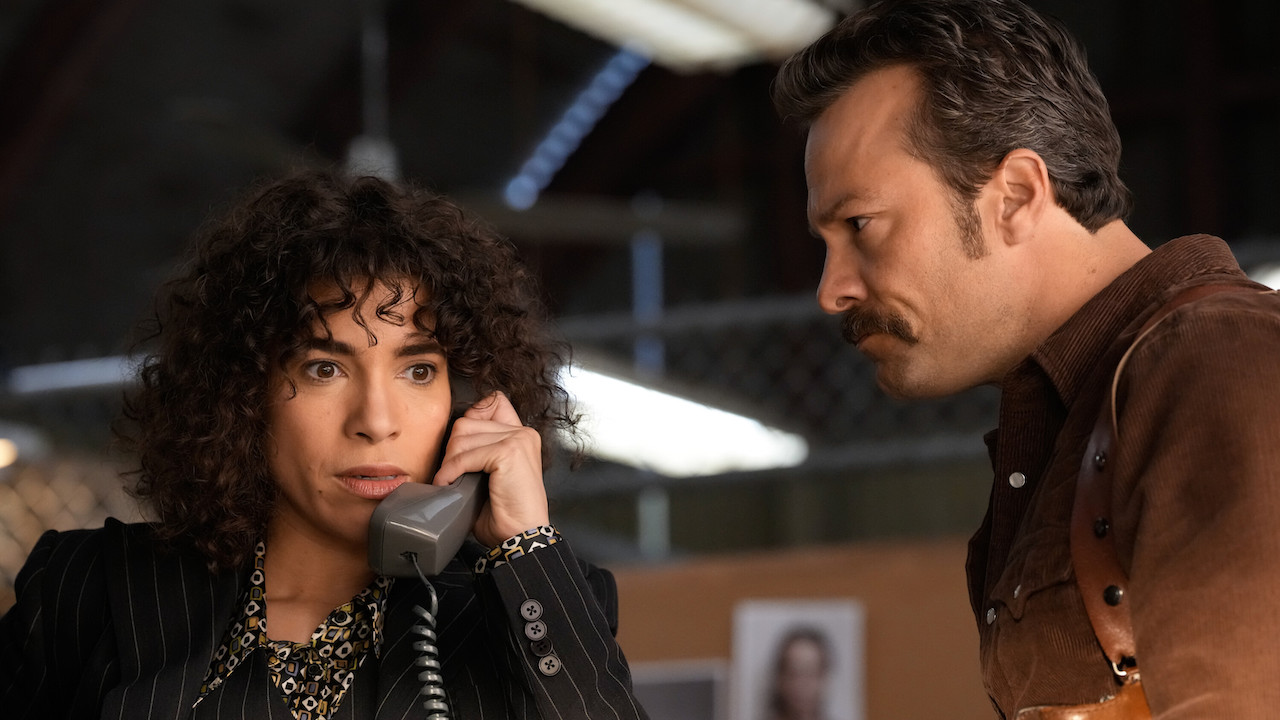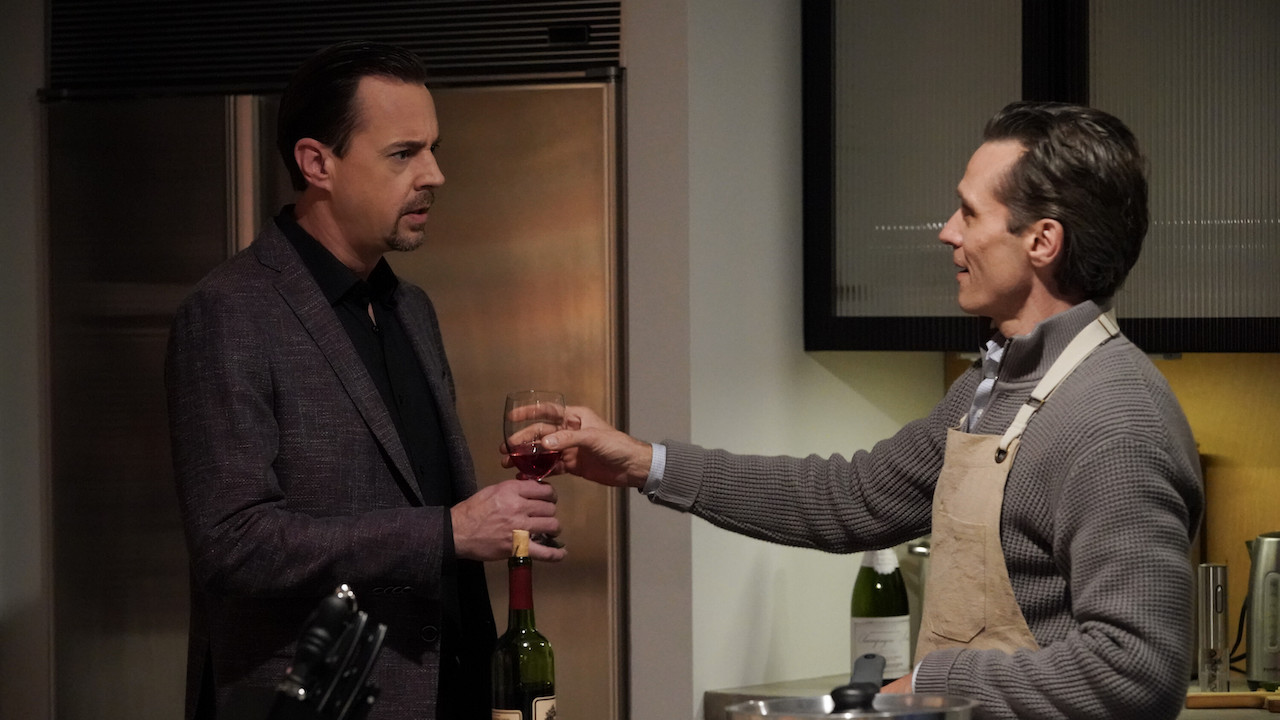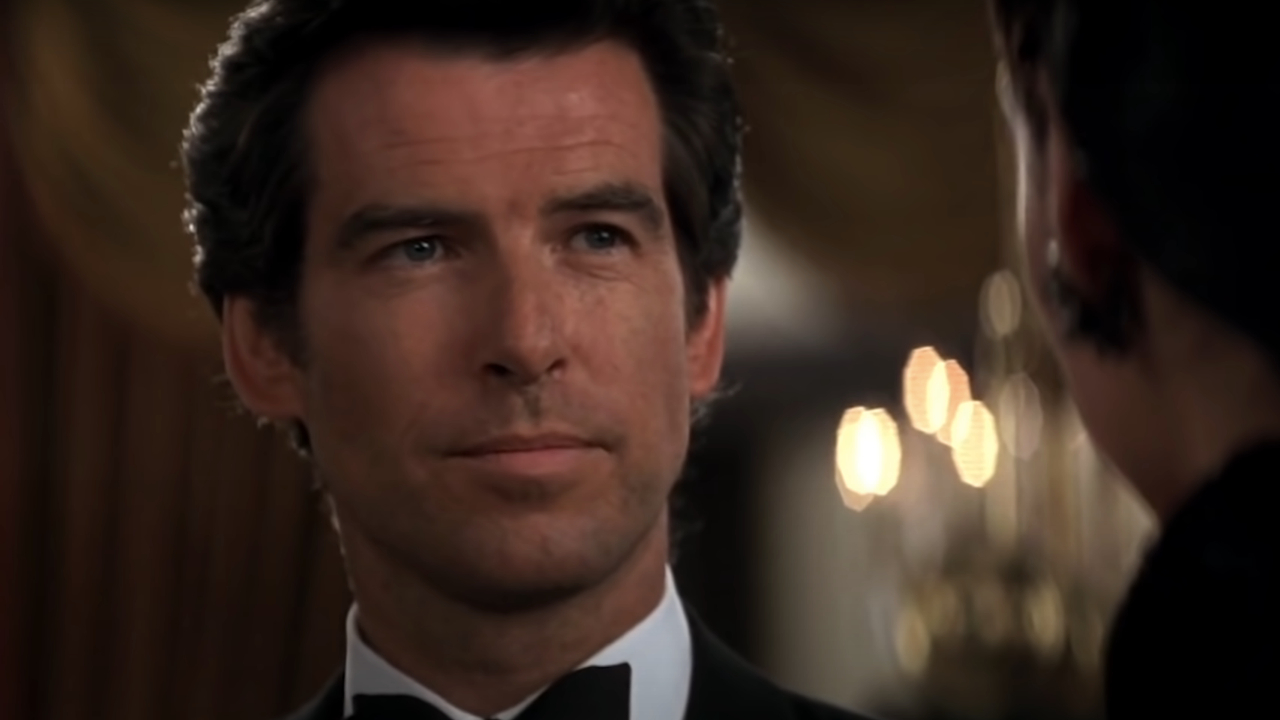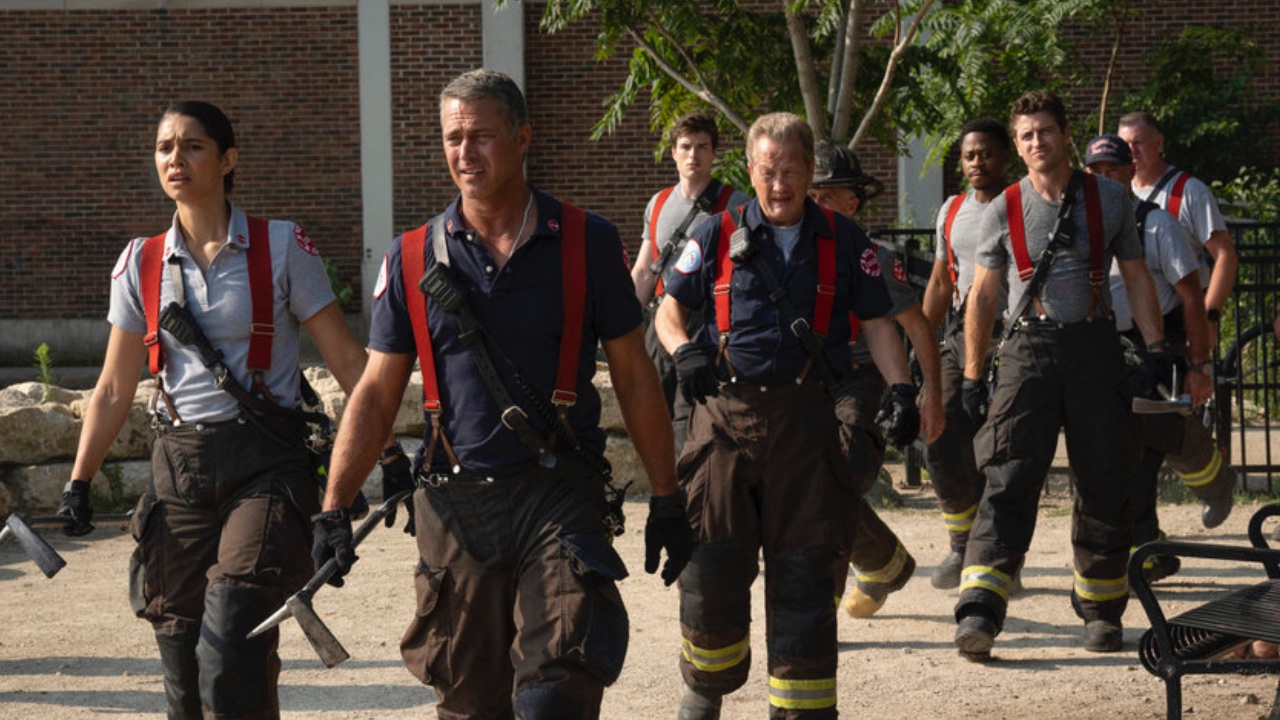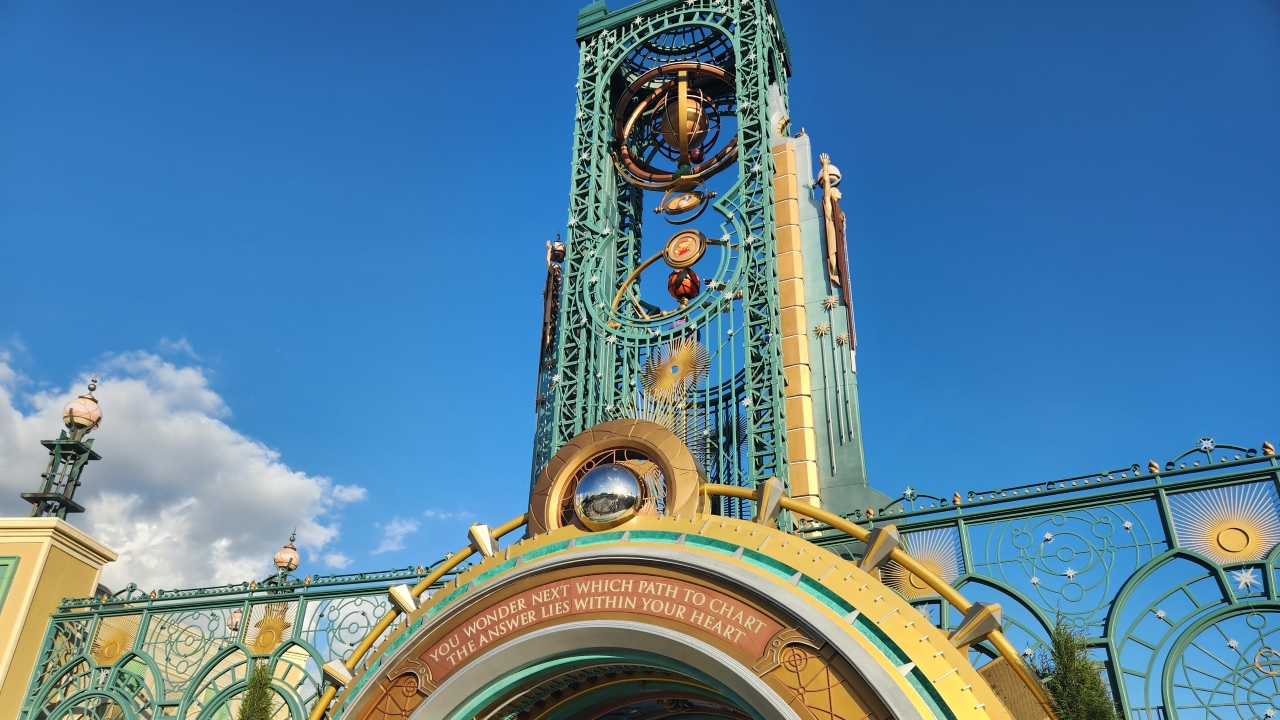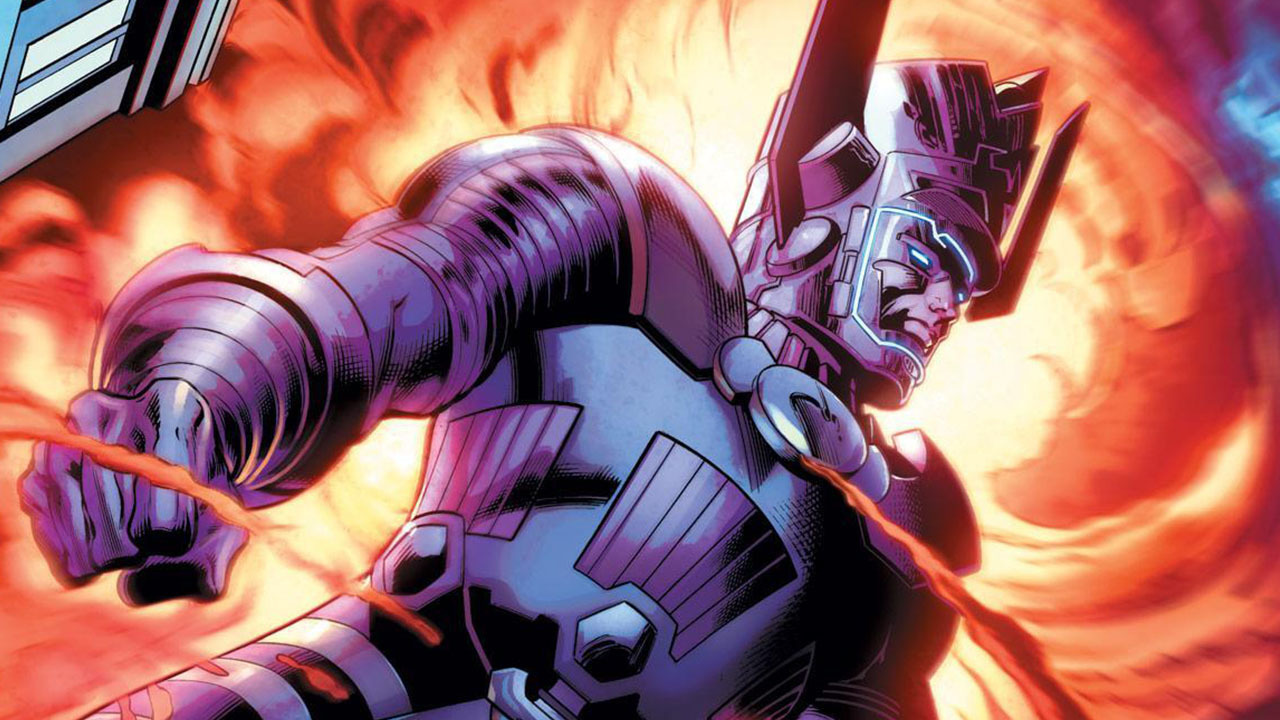That Time Disney's Frozen Helped To Seemingly Solve A Gruesome Cold Case
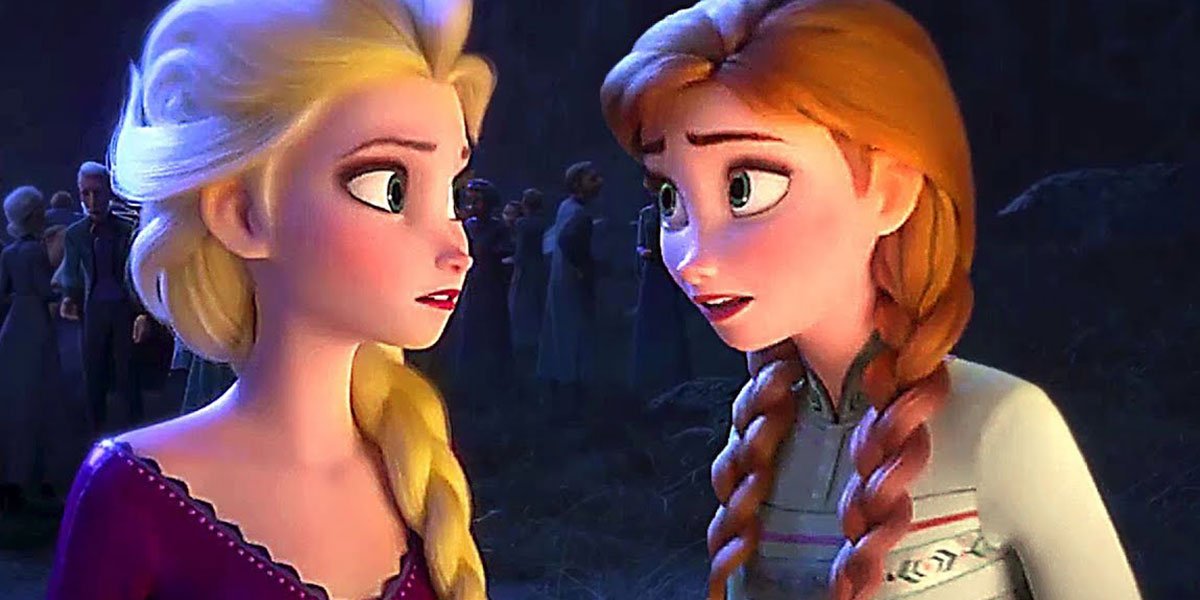
More than 60 years ago, 10 experienced hikers planned an adventure trek in the Ural Mountains in Russia. The plan was to make their way about 200 or so miles through the Dyatlov Pass. One quickly turned back after experiencing an injury. The bodies of the other 9 were found a few weeks later with gruesome injuries. The official investigation blamed an “unknown natural force.” Despite plenty of interest, the case eventually went cold, but a new investigation, aided by a specialist from the movie Frozen, has seemingly solved the case.
The new investigation was led by researchers Johan Gaume and Alexander Puzrin, and their research was recently published in the Communications Earth & Environment Journal. It features all kinds of fancy graphs and math equations that give me a headache just looking at. A more remedial but also fascinating summary ran in National Geographic, as well. Both chronicle the same harrowing misadventure.
The hikers departed for their trip on January 23, 1959. They brought a large tent, skiing equipment and supplies. We know through diary entries that the team made it to February 1st when they pitched their tent on a slope under the Kholat Saykhl, a mountain in the Ural range. They were discovered several weeks later, and none of the clues made any sense or seemed to fit together. Their tent was cut open from the inside. The bodies were spread all over the nearby area. Some had gruesome injuries such as fractured skulls or missing tongues. Others were undressed for unclear reasons. Not surprisingly, the event launched more than its share of conspiracy theories.
In 2019, Russian authorities reinvestigated the incident and concluded an avalanche must have caused all of the destruction, but the findings were reportedly short on hard evidence. There was much confusion as to how an avalanche could create such injuries and lead to such destruction. That’s when Puzrin and Gaume got interested in the case. The men had been researching delayed avalanches caused by earthquakes, and they thought the Dyatlov Pass incident seemed like it fit.
First, they figured out the slope the hikers pitched their tent in was a lot steeper than it originally seemed, about 30 degrees, which is steep enough for an avalanche. Second, they looked into the lack of snow. One reason many argued against the avalanche was because there wasn’t any new snowfall that night, but diary entries reportedly talk about strong winds, which could have moved snow around. Third, they traveled to California and met the specialist who worked on the snow in the movie Frozen. They were trying to figure out how snowfall would affect the human body, and the conversation with the animator caused them to tweak some of the formulas they were using. The model Frozen used was simply way more advanced and sophisticated computer technology than anything else on the market.
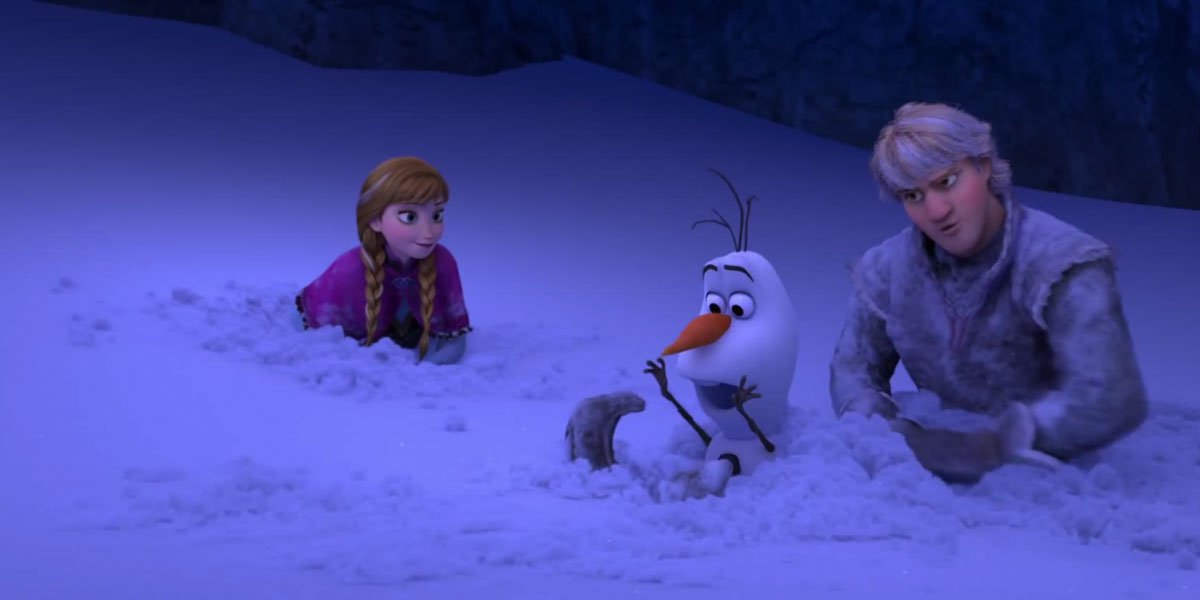
Finally, they looked at the skis. Apparently the team of hikers placed their skis underneath their bedding. Armed with tweaks to the computer model thanks to the Frozen team, the researchers ran the simulations again, this time factoring in snow from a delayed avalanche landing on the tent and pushing the team against the skis, and this time, the injuries started lining up with what happened in real life. Some of the details will never be explained, of course. Some of the injuries were likely caused by animals, and some decisions, like to undress, were likely caused by panic or paradoxical undressing during hypothermia. But most observes seem to agree a small, delayed avalanche is the best explanation for what happened.
Much has been made since Frozen’s initial release about how popular the song “Let It Go” became or what a weird phenomenon it became culturally or how much money the movie (and its sequel) generated at the box office. Those things can and should be talked about, but they can’t overshadow the fact that Frozen is an absolute technical marvel of animation. The snowfall looks so beautiful and life-like, and the Ice Palace scene is one of the most impressively animated Disney sequences this side of the ballroom dance in Beauty And The Beast. As such, it makes sense people in completely unrelated fields noticed and saw applicable ways to use the work to make advancements in their areas of study.
CINEMABLEND NEWSLETTER
Your Daily Blend of Entertainment News
If you want to read more into the Dyatlov Pass Incident, I strongly recommend checking out the Wikipedia Page. It’s really expansive and touches on numerous other theories about what happened.
Mack Rawden is the Editor-In-Chief of CinemaBlend. He first started working at the publication as a writer back in 2007 and has held various jobs at the site in the time since including Managing Editor, Pop Culture Editor and Staff Writer. He now splits his time between working on CinemaBlend’s user experience, helping to plan the site’s editorial direction and writing passionate articles about niche entertainment topics he’s into. He graduated from Indiana University with a degree in English (go Hoosiers!) and has been interviewed and quoted in a variety of publications including Digiday. Enthusiastic about Clue, case-of-the-week mysteries, a great wrestling promo and cookies at Disney World. Less enthusiastic about the pricing structure of cable, loud noises and Tuesdays.

